Common Chord Progressions in Minor r/WeAreTheMusicMakers
There's more to writing a minor key chord progression than meets the eye. First, let's take a natural minor scale and create some chords over each note: Key: A minor Scale: A B C D E F G A If you build a 3-note chord (a triad) above each note of that scale, you get these chords: i: Am ii°: Bdim III: C iv: Dm v: Em VI: F VII: G
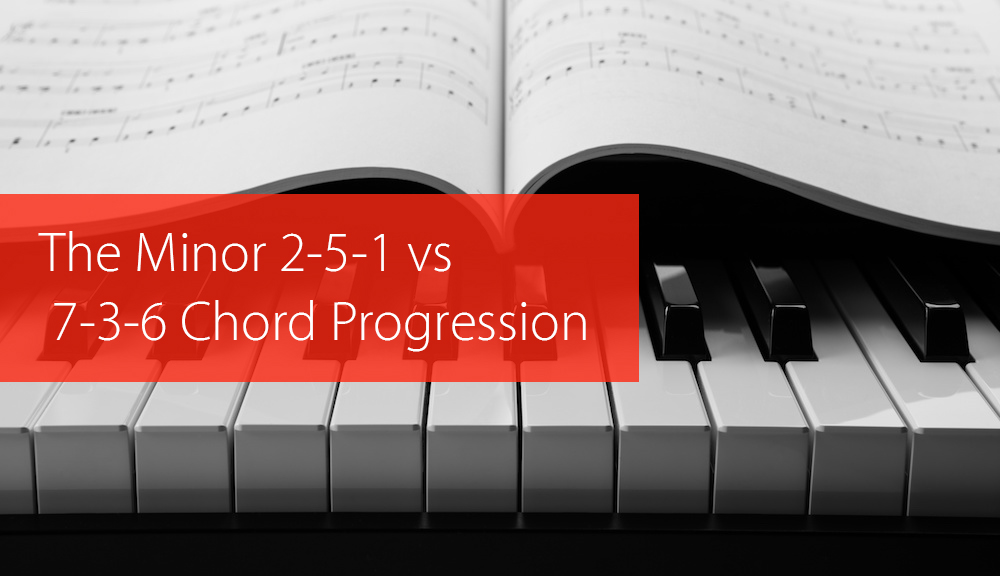
The Minor 251 Chord Progression vs the 736 Chord Progression Hear
Minor chord progressions are an instantly recognizable element of music, often giving songs an emotional tone or atmosphere. From the melancholy of jazz standards to the sorrowful feel of blues songs, minor chord progressions have been employed by musicians for centuries to create a mood or feeling of sadness, longing, or even hope.
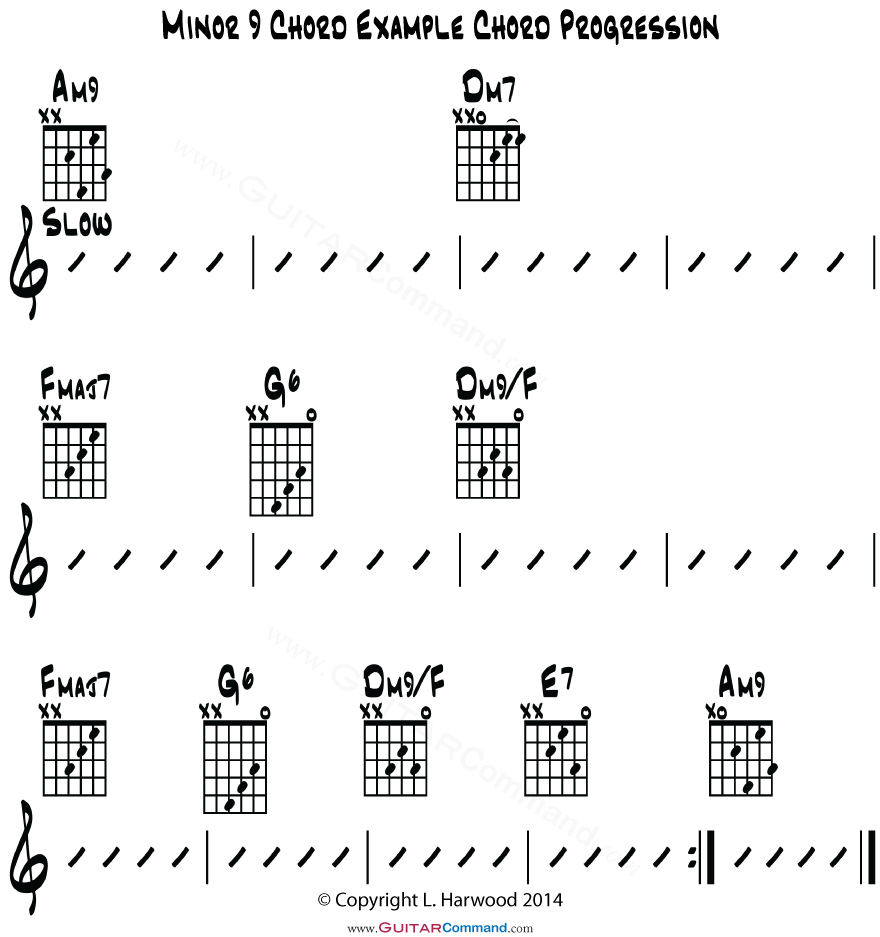
Minor 9 Chord Shape Guitar Chord Of The Week
The following is a list of commonly used chord progressions in music. Code Major: Major: Minor: Minor: Atonal: Atonal: Bitonal: Bitonal in Ind. Indeterminate: PD: Phrygian dominant: Mix. Mixolydian: Name Image Sound # of chords Quality 50s progression: I-vi-IV-V: 4: Major I-V-vi-IV: I-V-vi-IV chord progression in C: 4:
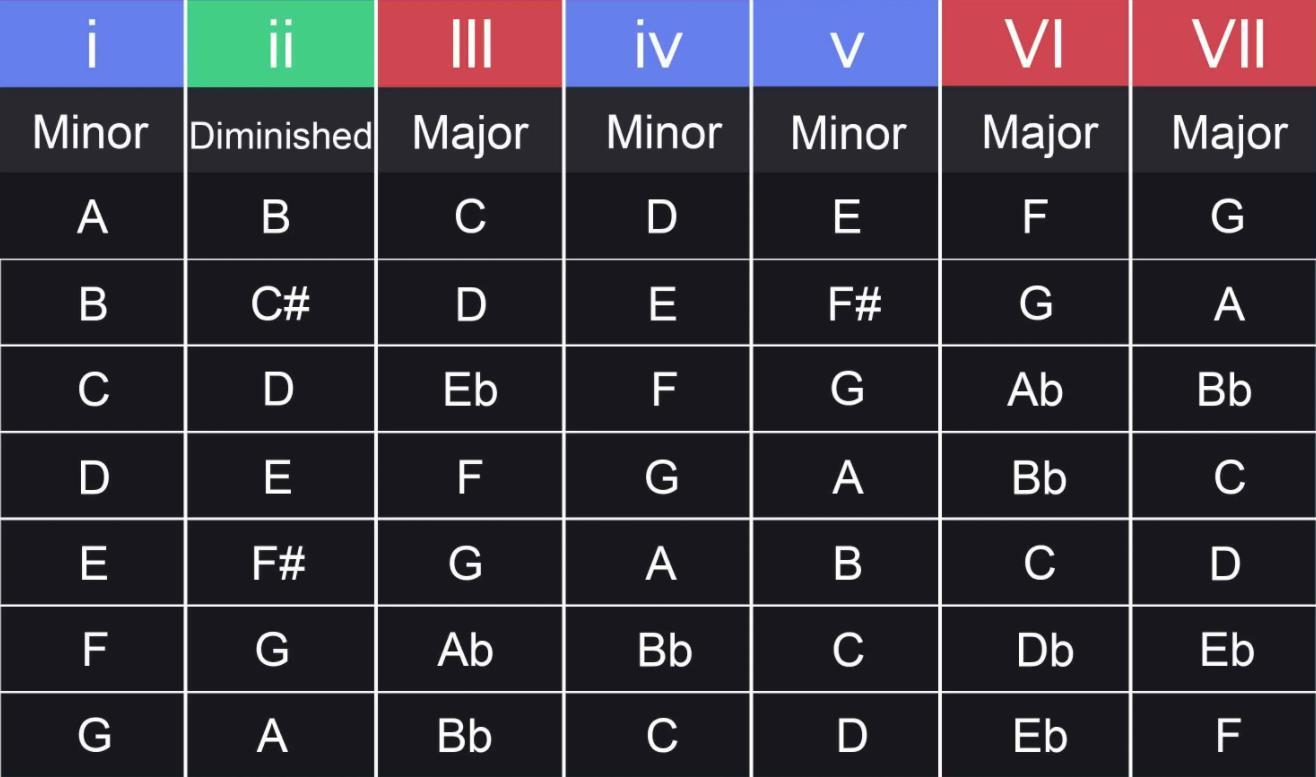
Descobrir 40+ imagem happy chords progression br.thptnganamst.edu.vn
Minor chord progressions are progressions that are built off a minor scale. Contrary to popular belief, minor progressions are more than just sad. Minor keys can be used to express emotions ranging from angst and mischief to longing and sorrow. On a larger scale, songs written in the minor mode allow society to express its shadow.

Discovering Minor Chord Progressions Minor Scale Basics Musical U
1 4 5 - Minor Blues - This is a minor version of the 1 4 5 progressions from the major chord lesson. It's the standard form for blues. 1 b7 b6 b7 - This is a great rock or acoustic progression.
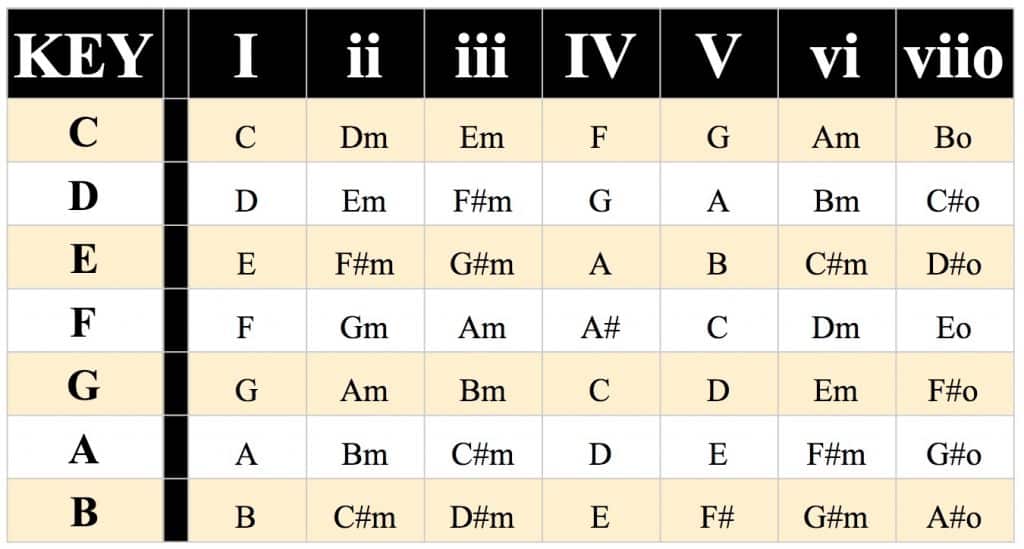
4,782 Songs You Can Play [Using Just 5 Common Chord Progressions]
Theory Basics Once again, this is a concept that you can apply to any key, so if you want to move this around you simply move the scale shape to a new root note and work from there. The scale you are going to learn for this is known as the Natural Minor scale. Let's start in the key of A minor.
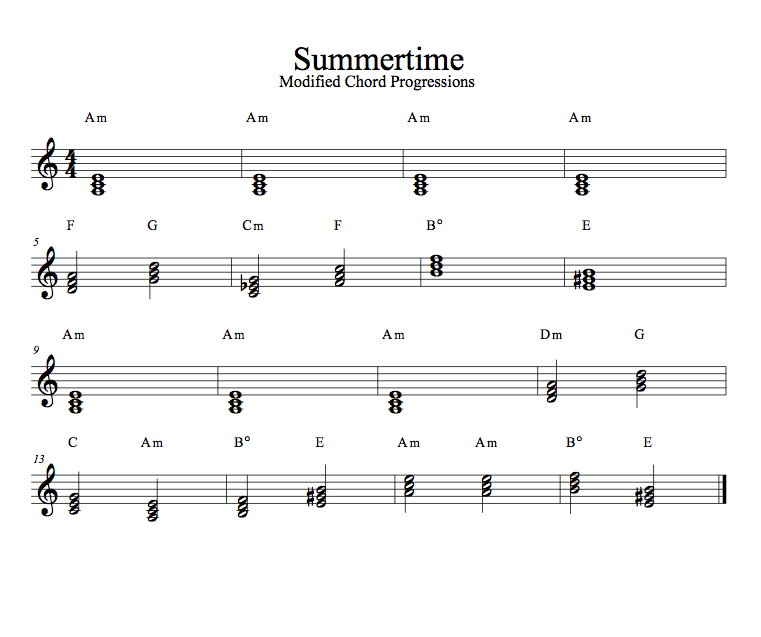
Discovering Minor Chord Progressions Learn How To Sing Like A Pro
Progressions with minor chords. Minor chords are most commonly played in sequences that also include major chords or other chord types. Here are some basic examples: Em - Am - D - G Gm - Bb - Dm - F Am - G - C - E C - Dm - Em - Am . Chart with minor keys. This chart is useful if you want to create a song or a chord.
Chords In The Key Of A minor Progressions & Scales
What are minor chord progressions? Minor chord progressions are harmonic sequences that are derived from the minor scale. In order to write and use minor chord progressions, we must learn how they are constructed. Let's take a quick look at how we can extrapolate chords from the A minor scale.

The Chord Guide Pt III Chord Progressions END OF THE GAME
These minor chord progression is not only popular for major progressions, but can also be used for minor work as well. Here are some examples of this chord progression in different keys. i - iv - V A minor: Am - Dm - E F minor: Fm - Bbm - C D minor: Dm - Gm - A i - VI - VII D minor: Dm - Bb - C G minor: Gm - Eb - F B minor: Bm - G - A
F Minor Chord Progression Piano Sheet and Chords Collection
Simply put, a minor chord progression is a chord progression that is built off of a minor scale as opposed to major keys, which stem from a major scale. Chord progressions are defined by their prominent chords, or the i iv v (one, four, and five chords in a key). In a minor chord progression, these key chords are minor.
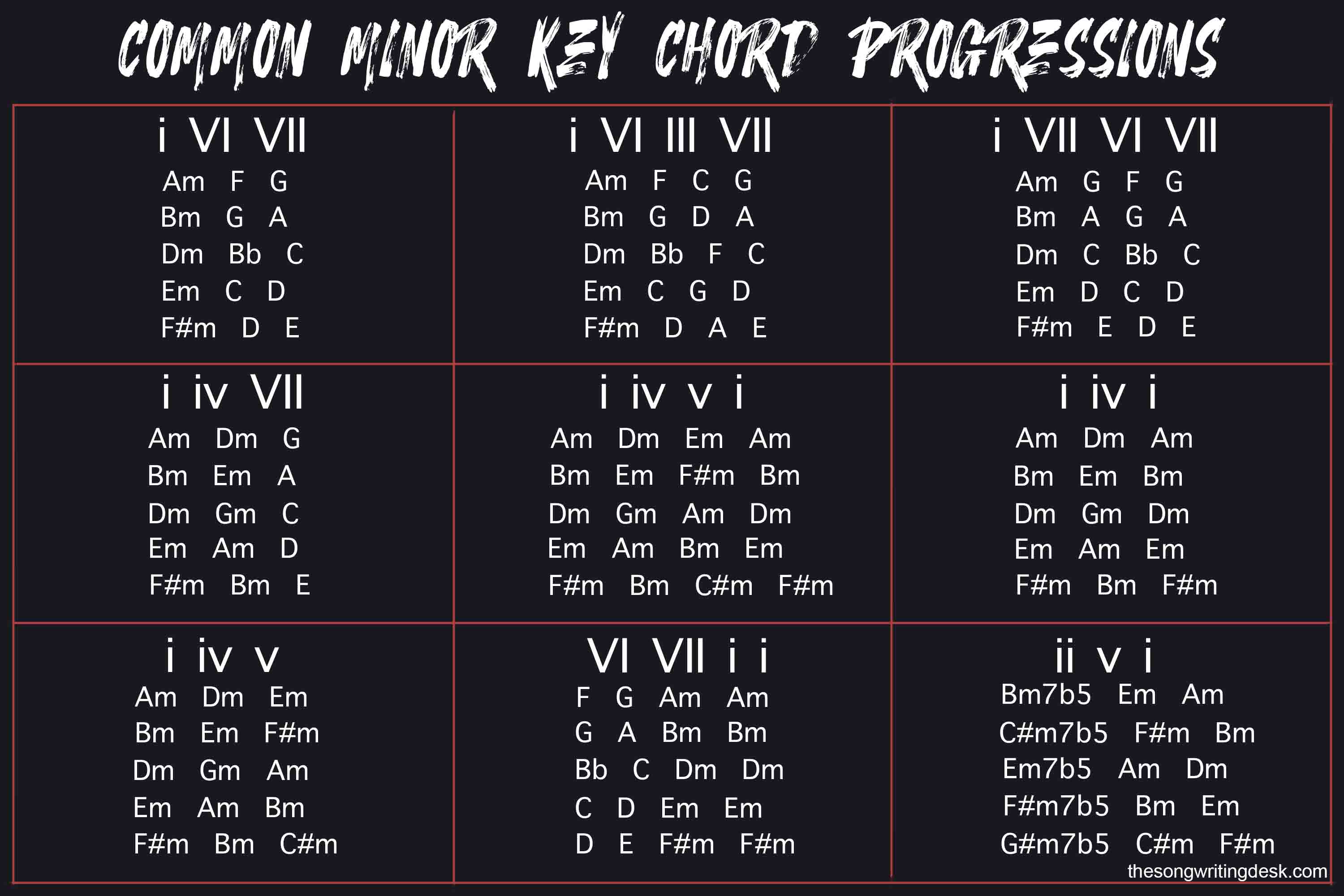
Chord progressions
Minor chord progressions have a unique ability to evoke deep emotions, often associated with sadness, melancholy, or mystery. This is due to the intervals between the notes in minor chords, which create a sense of tension and resolution.. When used effectively, minor chord progressions can add a layer of depth and emotion to your music that listeners will find captivating.

Music Composition for Beginners 4 Popular chord progressions
To build the first chord of the minor scale we stack 2 thirds on top of each other. So if you start at "A" you take the 1st note (A) then stack a third (C) and stack another third (E) So now you have A C E A C E = A minor chord Then we build a chord of the second degree of the minor scale "B"
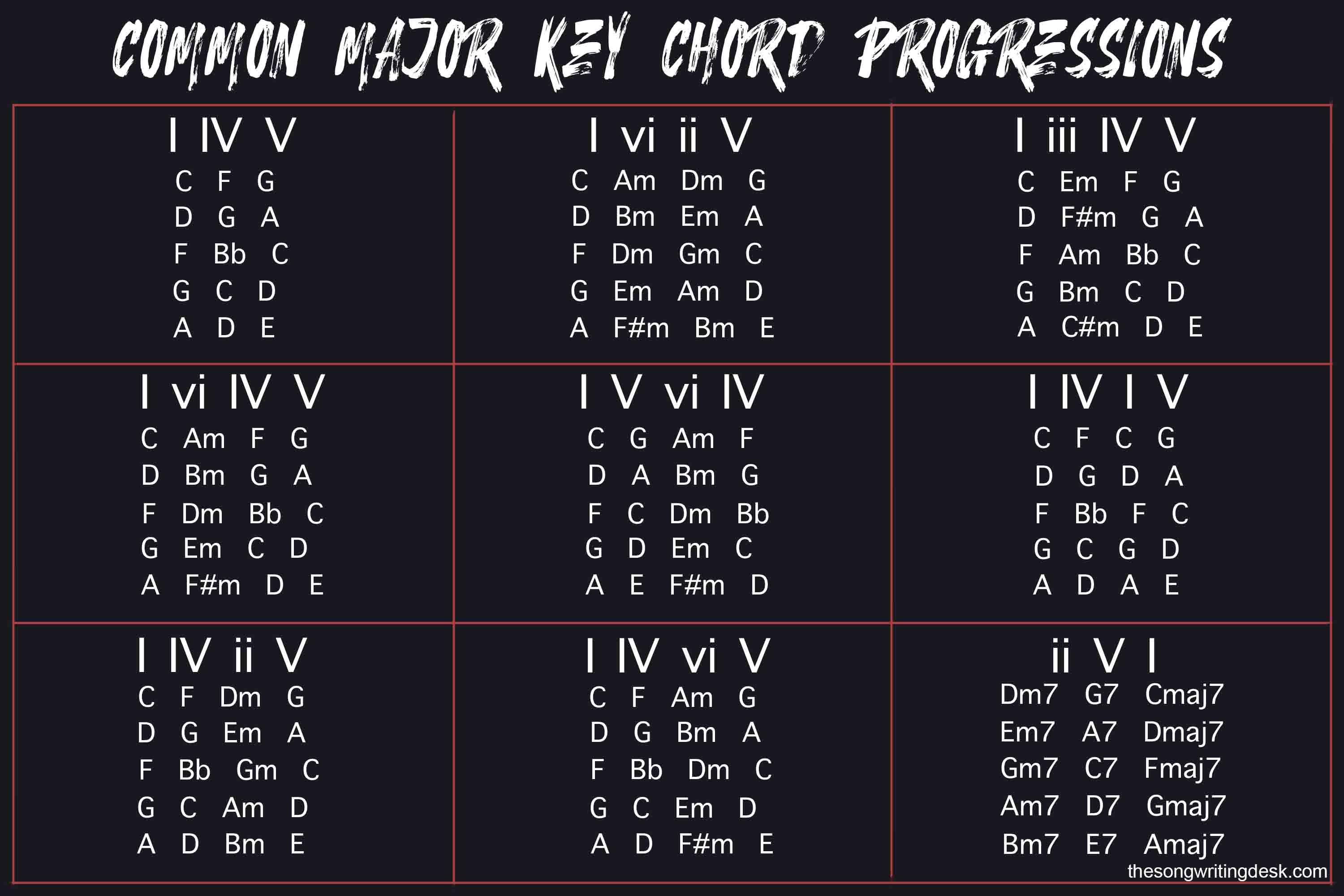
Chord progressions
The chord progression. It involves the seventh chords of IV, V, and iii, along with a vi chord; for example, in the key of C major, this would be: F M7 -G 7 -Em 7 -Am.. The chord progression may be resolved with the tonic chord, for example in a IV M7 -V 7 -I or a ii 7 -V 7 -I progression. IV M7 -V 7 -iii 7 -vi-ii 7 -V 7 -I creates a full circle of fifths progression.

Guitar Lessons Blog Songwriting Chord Progressions
Using chord progressions in minor keys is a surefire recipe for crafting a powerful, emotional experience for the listeners. Depending on how you use them, these chord sequences can sound dark, unsettling, mysterious, sorrowful, and poignant.

Chord Progressions How Major and Minor Chords Work in Songs LANDR
The term chord progression simply refers to the order in which chords are played in a song/piece of music. Play a few different songs/pieces and you will see that there are various different ways in which composers order chords.

How to Write Chord Progressions on Guitar 10 Beautiful Examples
Minor Chord Progressions i - iv - III - VI Many minor chord progressions in rock music will not use a full harmony but instead, use power chords. It implies the dark sound of minor without adding all the third intervals. This riff by Nirvana is played in the key of F minor, and it goes as follows: F minor scale = F - G - Ab - Bb - C - Db - Eb